What is the Future of Adventure Travel in India?
The Adventure Tour Operators Association of India (ATOAI) recently held its 14th annual convention in a remote valley in (south) eastern India, we were there to listen and learn.
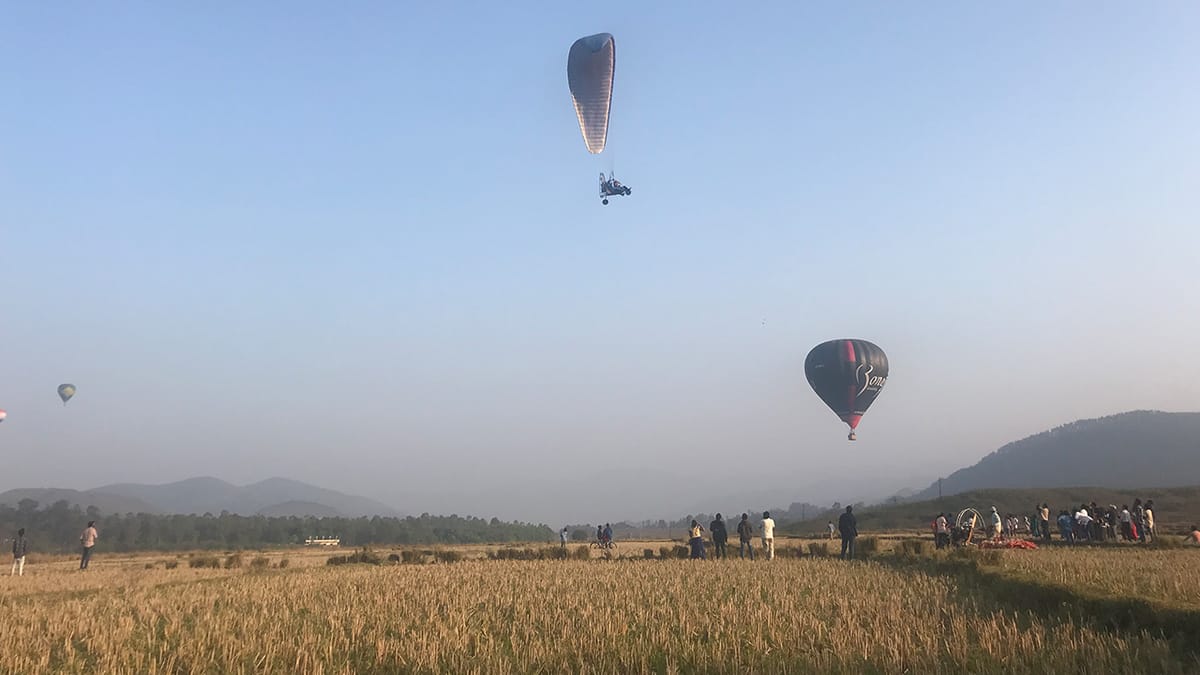
ATOAI is a representative body of adventure tour operators of India. It acts as a mediator between the government and tour operators, recommending the government on best practices for conducting adventure tourism in the country. In September last year, it led a risk mitigation committee to suggest changes to preserve India’s outdoor heritage in a better way. It also published a handbook of guideline on best practices for adventure tour operators to follow.
The ATOAI event was held in Araku Valley, situated in the Eastern Ghats of India, in Andhra Pradesh, is known for its deep forests, ancient caves, coffee beans and most recently, hot air balloons. The region held its first ballooning festival, coinciding with the convention.
[gallery size="full" type="rectangular" ids="11538,11539,11535"]
The Outdoor Journal attended some heated panel discussions during the convention and spoke to a number of established tour operators. Here is what we gleaned;
Adventure Travel is Gaining Prominence in India
“Adventure tourism is $0.5 trillion, and it is growing at a rate of 18% per year.”
In a presentation during the convention, Ashish Gupta, consulting CEO of Federation of Associations in Indian Tourism and Hospitality (FAITH) explained that the travel industry today is a $3 trillion direct business globally. That makes it one-tenth of the world economy. That also makes it bigger than the agricultural and manufacturing industries. “Out of this,” he said, “adventure tourism is $0.5 trillion, and it is growing at a rate of 18% per year.” The 2017 reports from ATTA suggest a growing trend as well.
In India, the adventure travel industry is gaining prominence. The ministry of tourism declared 2018 as the “year of adventure”. Adventure Travel and Trade Association (ATTA), a global body of adventure tour operators brought their annual AdventureNext event to India for the first time last December. The upcoming Pacific Asia Travel Association event in Uttarakhand in February has “adventure” as its theme. Needless to say, government bodies of the country are recognising the industry’s potential.
However, ironically enough, the same state government also banned camping in certain regions of Uttarakhand, citing mass tourism as the problem, and rafting camps are no longer permitted along the Ganges. 2018 also witnessed a number of deaths, right from the forests of south India to the high passes of the Indian Himalaya. At least 40 were cited during presentations.
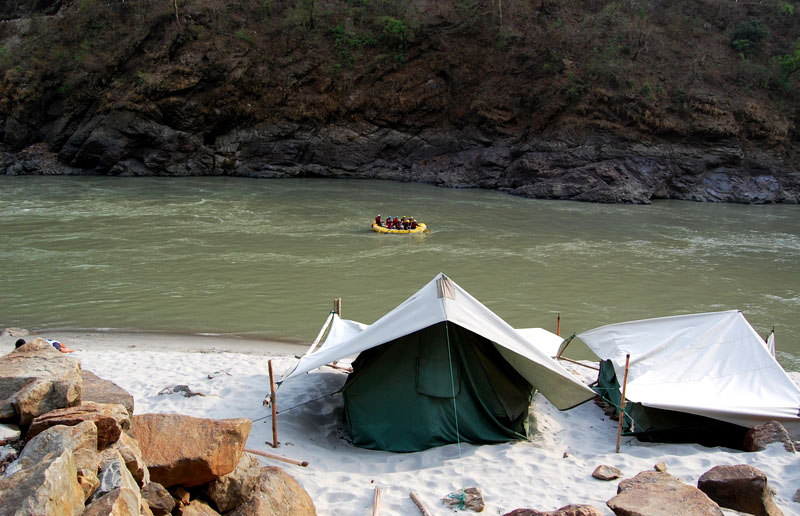
Some of the teething issues that came into the limelight were mass tourism, lack of entry barriers into the profession of adventure tourism, lack of access control into the outdoor spaces, an inability to cater to independent travellers, lack of women in the industry, lack of communication and general education about the outdoors to a growing young population, price wars…
Read about a Ban on Rafting and the Poor Governance in Uttarakhand here.
Lack of entry barriers into the profession, a.k.a, “anyone can become an adventure tour operator”
“Currently there are no entry barriers. and that is our biggest problem"
Tourism is an unorganised sector in India. All one needs to start an outfit is a certificate of incorporation from the Registrar of Companies, Ministry of Corporate Affairs. Although the Ministry of Tourism and ATOAI have a screening process for recognising adventure outfits (ATOAI has a rigorous screening process for its “active” membership), one does not necessarily need to be recognised by either to run an adventure tour company.
A state government can, however, take measures to regulate the functioning of tourism in its region.
“Tourism is a state subject. So even the central ministry cannot force the state government to have checks and balances in place,” says Akshay Kumar of Mercury Himalayan Exploration, an adventure tour operator that has been in the business for over 35 years. “Currently there are no entry barriers. and that is our biggest problem. We need to feel proud of the sport we are in. My point is any company can’t get up and say I want to start an adventure company. You can’t be a banker one day and go on a couple of hikes and say let's start a trekking company. That is something that needs to stop, and that is something that can only be controlled by a state government. All we are asking the state governments is to only allow companies that have qualifications, and who have, some level of financial backing to invest in the right equipment.”
“You need to have some kind of a pre-qualification for you take people into India’s national heritage,” fumed Vaibhav Kala, who runs Aquaterra. “That's the way we all view it. And that PQ is important because it basically it is giving you parameters and guidelines. There are so many people dying in the outdoors, nobody talks about it.”
In 2018 alone, at least 40 deaths were recorded by the media, a presentation explained. The deaths ranged from trekking in South India all the way up to Himalaya, and tour operators say that most were preventable, if the right precautions were taken.
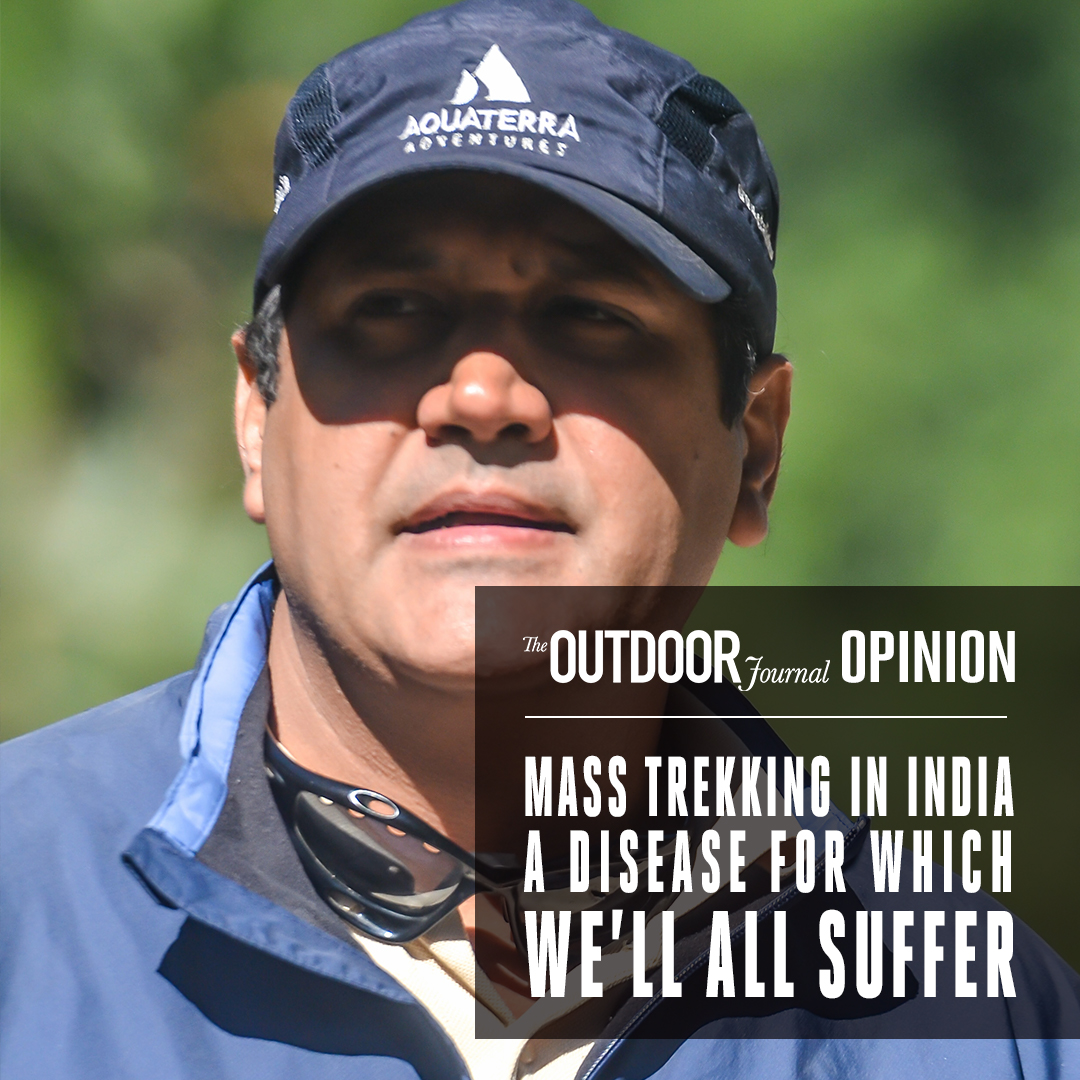
Defining Mass Tourism in the adventure industry
Mass tourism is often accused of lowering the quality of experience, degrading the environment, and a general lack of safety protocols. The guide-to-client ratio is skewed, and leave-no-trace-principles are not followed. Vaibhav Kala is one of the most vocal voices against mass tourism in adventure travel in India.
“You have these conveyor belt sort of operations,” he scoffs. “Take the Chadar trek for example—Jan 1st to 12th, 12th to 24th and so on…I remember taking note of one company running 1441 trekkers…it has become a circus. And then there is a lack of consequence. When is it going to end!?”
[gallery type="rectangular" size="full" ids="10649,10651,10648,10650"]
How does one define mass tourism? Is there a particular limit in the number of people occupying a space beyond which it becomes a problem?
“I don’t think there is a magic number,” says Kala. “But once tourism starts degrading a place, it is mass tourism. Back-to-back departures is one sure shot way of degrading a place.”
“There shouldn’t be any fixed camps,” says Ravi Kumar of NOLS. “You pack it in, and pack it out.”
One of the suggestions given was to regulate the areas by creating entry barriers and a set of mandatory guidelines. “We can have entry check points, where a minimum protocol needs to be followed, for example hiring a local guide, a certain client-to-guide ratio etc” said Kala.
“You don’t let just anyone enter the Taj Mahal, why should you do that for your outdoor heritage?” he asked.
Read Uttarakhand Trekking Ban: The Adventure Tourism Industry Reacts here.
The Independent Adventure Traveller
Last year, ATOAI released a handbook defining a set of best practice guidelines for each adventure sport in the country. However, it does not take into account a growing crop of independent outdoor travellers and clubs, that often take groups of people outdoors.
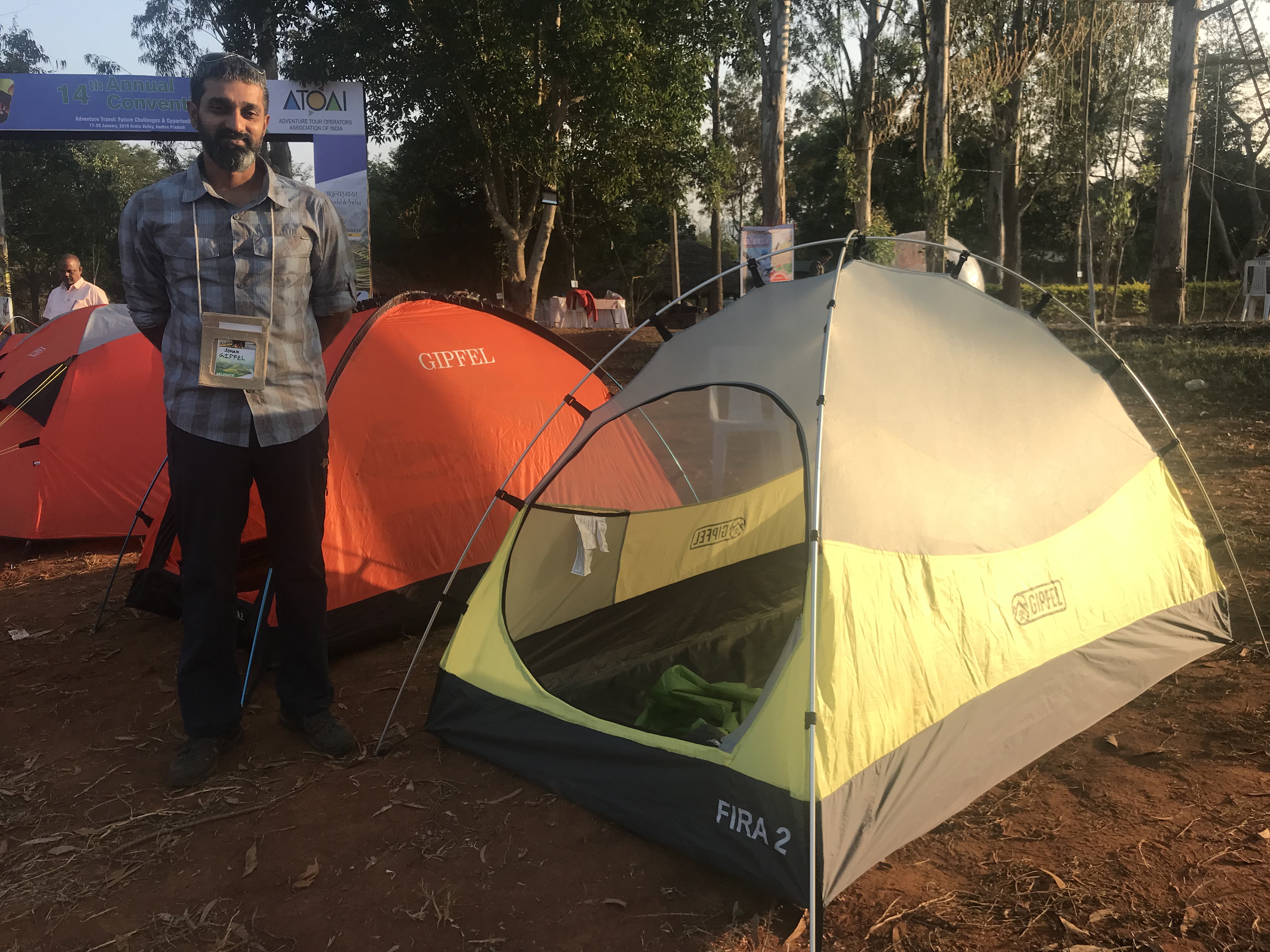
Sohan Pavuluri of Gipfel Climbing Equipment pointed this out at a panel discussion on risk mitigation. “The ATOAI guidelines do not have anything defined for independent outdoor travellers, putting them further in a grey area. They need to have guidelines for them.”
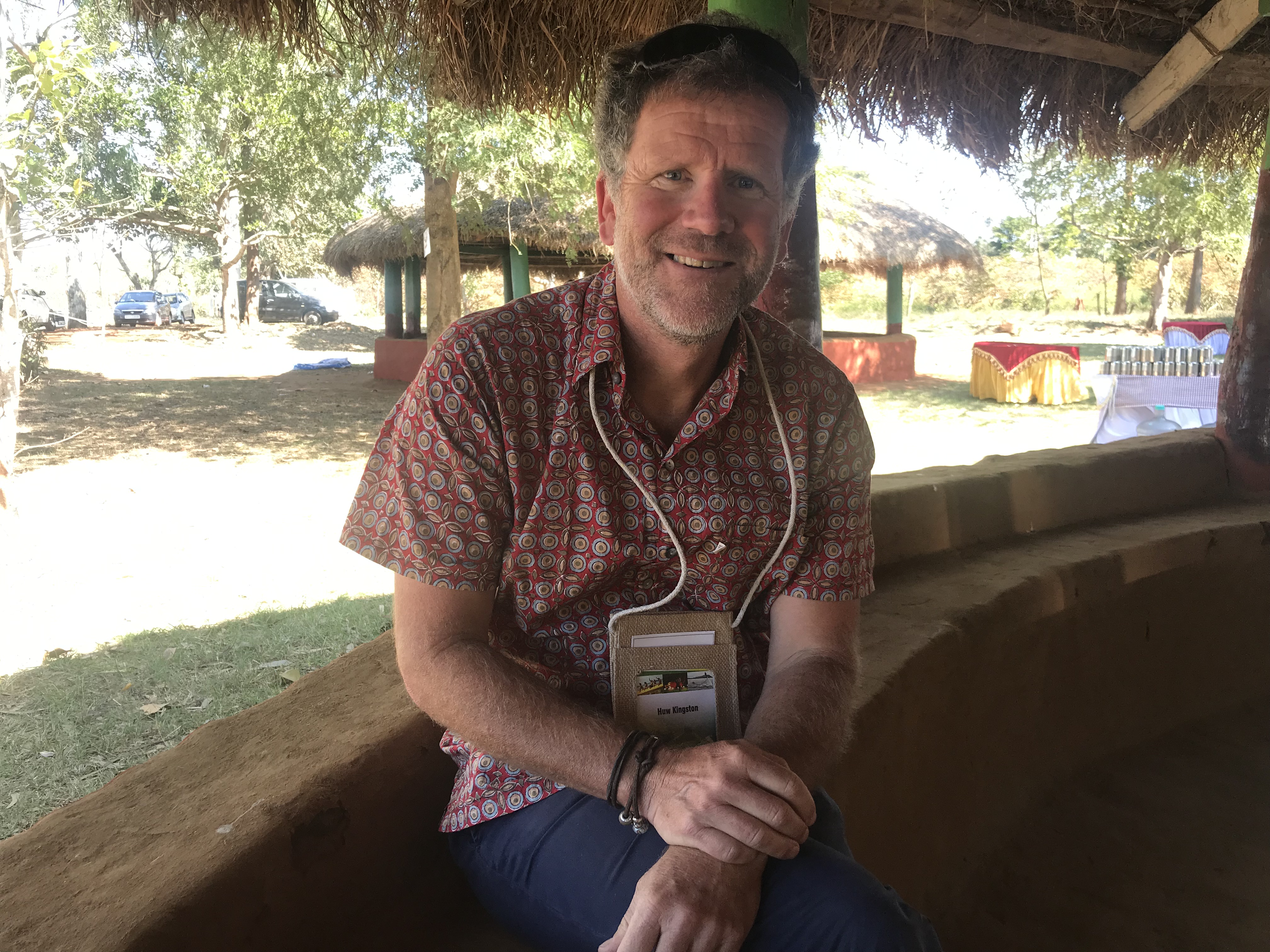
Huw Kingston, travel writer and adventurer based in Australia has been travelling independently for over 35 years. He first came to India in 1984 at the age of 22, travelling around Zanskar. His last adventure visit was in 2008, also in the Himalayas. When asked about his views on independent vs organised travel in India, he said, “Organised travel takes a lot of focus in India. Now thats one side of the travel industry. And the other side is the independent travellers, who come with their skis and kayaks and they just do things. They are still tourists and are still contributing to the country in which they are travelling, but they don’t need a big infrastructure of the tents and porters. I think ATOAI needs to recognise that more independent adventurers exist, and add some sort of measurement for independent travellers contributing to the economy.”
Lack of Women in the Adventure Travel Industry
“It is a male-dominated space,”
In a panel on women in adventure travel, senior police official Radhika GR, who has climbed six of the seven summits, including Everest spoke candidly about her experience as a female mountaineer. “It is a male-dominated space,” she said to the audience. “Once in Nepal, I had my period, and I just couldn’t ask anyone for a sanitary pad! Finally, I came across a woman in a small cafe and she helped me.”
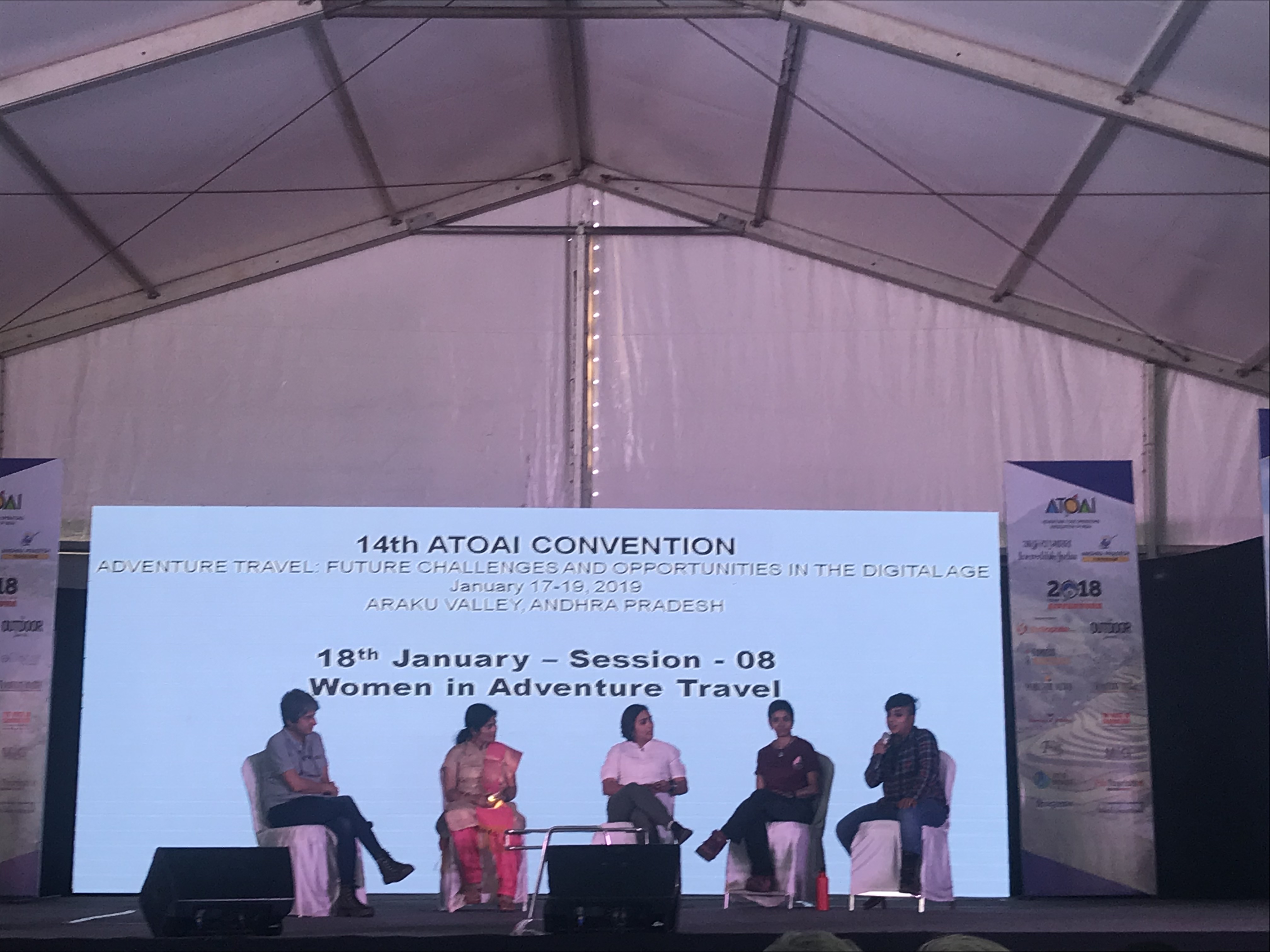
There is a distinct lack of women guides and tour operators in the country today. Bohemian Adventures is a four-year-old adventure tour operator based in Uttarakhand. It is run by three enterprising women - Guneet Puri, Anusha Subramaniam and Shashi Bahuguna. It caters to a “one and all” policy and takes a number of women solo trekkers, senior citizens, and persons with disability on their journeys. At the panel discussion, they spoke about how they were not taken seriously as a company, because they were women. “People used to ask us to join them when we would want to collaborate. Clients would offer to drive OUR vehicles in the mountains because we are women,” said Shashi.
“We have a number of good, strong women, successfully completing their course at Nehru Institute of Mountaineering. Do you know what they do after it? They go back home. Because they don’t know there are opportunities. Why can’t tour operators hire them?!” exclaimed Guneet.
Environmental Degradation
When Vinayak Koul of Snowlion Expeditions led a trek up to Stok Kangri in Ladakh last summer, he was in for a lot of work. He was leading a journey, part of a clean-up drive under Ministry of Tourism’s Adopt a Heritage program. “We pushed to adopt outdoor spaces as our natural heritage and led two clean-up drives, one to Stok Kangri and the other to a source of the Ganges. I led the Stok Kangri trek.”He came back with 2,100 kilos of garbage, mostly plastic and tin. “We were shocked to see so much garbage. And will be doing more clean-up drives. Our mountains do not deserve this. Huw Kingston has passionately campaigned against the plastic bottle in his journeys and managed to make the Australian town of Bundadoon bottled water free. He said that people are refusing to visit the most desirable places because of garbage pollution. And it's a global problem. One of the ways to mitigate this, as was suggested during the panel discussion, was to keep small group sizes, so that lesser impact is created. Another suggestion revolved around creating barriers at entry points to a space, and education.
The Budget Traveller
An important, growing market in India is that of the young 20-30-year-old budget traveller. This traveller has not been exposed to the outdoors much but is enamoured by mountains and rivers thanks to social media. H/She has a budgeted disposable income to travel but is not educated enough to do it independently. This is where the new crop of tour operators come in.Ashish Bhangdiya is a 26-year-old entrepreneur based in Pune. He gave up his profession as a charted accountant to start an adventure aggregator company, that brings together adventure travel outfits in India on one platform. “Honestly speaking, I did not know about many of these tour operators before coming to the convention. I only knew Aquaterra, and I have been trekking regularly with IndiaHikes, Trek the Himalaya, and other operators in Pune,” he said.“Before going for any trek, I make it a point to check a YouTube video of IndiaHikes. It gives me a complete picture, and get me excited as well,” he said.“Honestly speaking, as an adventure aggregator, I would like to know more about the price breakdown. How do you expect me to compare a INR 10k trek experience of one tour operator to a INR 45K trekking experience of another tour operator, when both treks are the same?” he asks.“Its 2019, there is no way that you can be selling a trek for INR 8 to 9000 when your forest fee is about INR 2400 per person,” says Vaibhav Kala. “There are also safety protocols to follow.”“We often get young college grads in our journeys,” says Guneet Puri of Bohemian Adventures. “And honestly they don’t mind slumming it.”
“There is definitely a lack of awareness amongst the youth,”
“We remove the frills, and we try to bring it down to their budget as much as possible. But we can never compete with the single digit margins,” says Anusha. “The highest cost goes to ponies and porters, and we don’t usually encourage our travellers to carry their own bags, because they usually don’t know enough and then we end up carrying their luggage in the end,” says Guneet.“We can never compromise on safety, on the client-to-guide ratio, and have to maintain a small group size. These things cost money,” says Shashi.
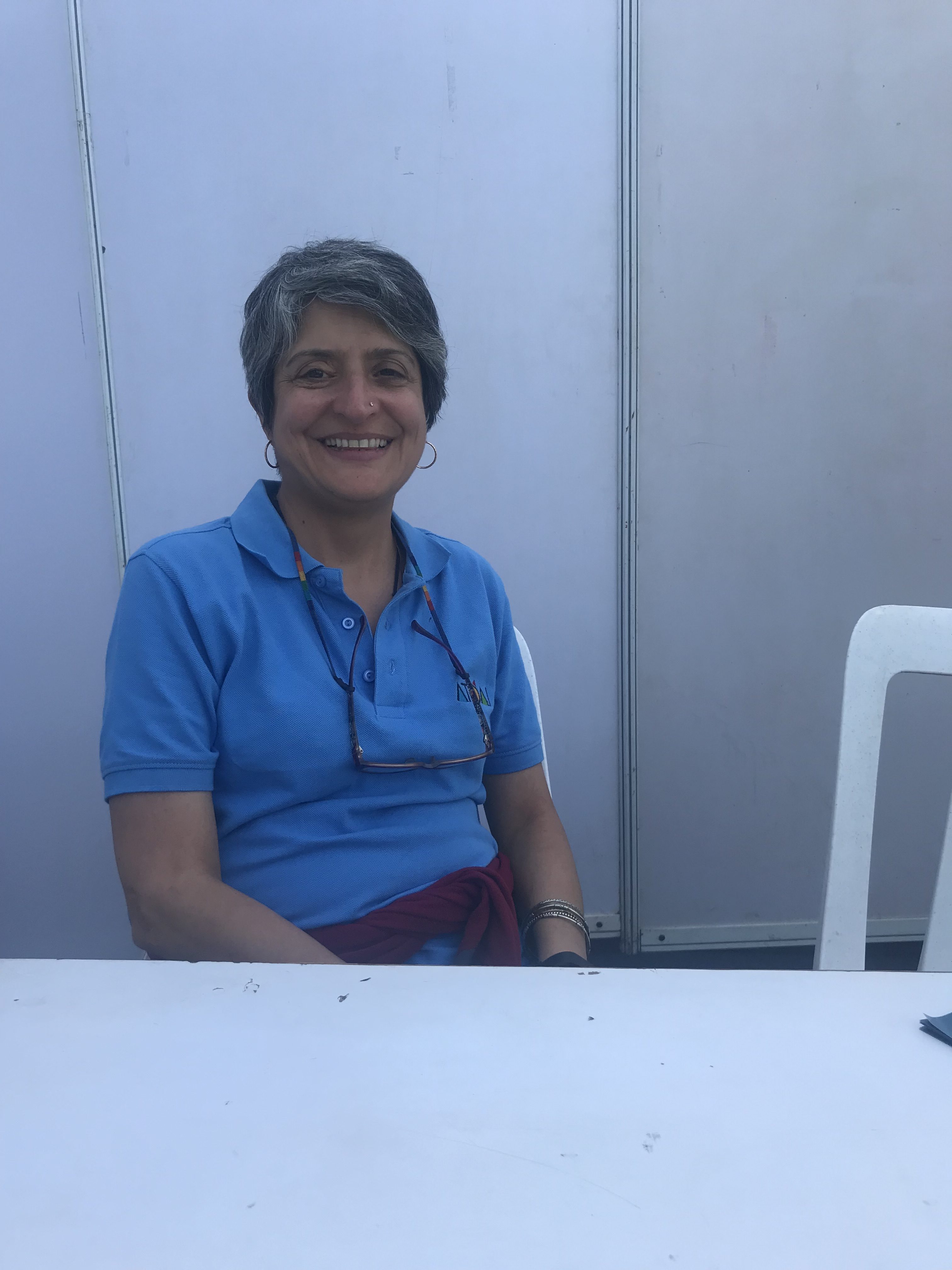
“There is definitely a lack of awareness amongst the youth,” says Dilshad Master Kumar of MHE. Dilshad comes from a media and entertainment background, who ran her own digital marketing agency and helped launch and manage television channels such as Star TV, National Geographic and UTV. She joined MHE full time as Director five years ago.
“And there are a lot of companies that have cropped up in the last five to seven years that are very very high on technology and they are using their back-end tech to run their business and the older, more entrenched players in the business are feeling the pinch. Because they are not being able to cope with the technology, cope with the new social media spaces, and thats telling on business results. That is something that has to be looked into,” she said.
MHE runs a blog called MHEStories.com, with sections such as “Bust the Myth”, “Expert Opinions” and other explainers on outdoors. “We need more such entrenched players to come out and educate the masses in this manner,” she said.
So, What is Adventure? And What is the Future of Adventure Travel in India?
"We probably need an act. An Adventure Travel Act in the country.”
Andreas Hilmar is a German travel agent who has been bringing groups of German-speaking travellers to India for the last 15 years. “My groups like visiting Sikkim, we do Ladakh, Assam, Nagaland, travel by the Ganga river. So from our point of view, and a number of travel agents in Europe, adventure tourism is not just sport adventure. We see adventure as going to areas to understand the culture, travel overland, or go on the river where there is not so much and takes long, or even to take trains in India. So this is for us an adventure of a lifetime because you get to see the culture of a place and its people,” he said.
“The industry is going to keep growing. We need to find more places,” says Pradeep Murthy of Muddy Boots, based in Kerala. “And the same places will not work. Creating a database of places that are less explored, advising the govt to incentivise lesser known places. Shutting down areas, and allow them to recover and then alternately open other places, these are things that have a potential to work.”
“I think finally the ministry is seeing the value that adventure tourism brings to the table,” says Akshay Kumar. “There is data to prove that for example in adventure travel, 60% of the income is retained within the country as compared to only 20% in leisure travel. Adventure travel retains a lot more income within the community and within the country. And I think the government is seeing the value and supporting our endeavours in a big way, which is a great sign.”
“Signs for India are great, but it is also deemed to be a country where there are 15000 adventure tour operators and only like 40-70 odd active companies recognised by the Government of India,” says Vaibhav Kala. “That is not good. That is a very poor signature for India, a supposedly big market. Its a big market because there are many small players, seasonal players. I was over the Parang la in July and this company behind us, and this guy just died on day 3. The guy was tired, there was no back up. And who is going to be responsible for his death? No one! And nothing is going to be done about it. And that pisses me off! They would say he died of a cardiac arrest. Yes his heart did stop, at the end of the day our hearts stop and we all die. But someone has to say that is not good enough. He was near collapse the day before. We probably need an act. An Adventure Travel Act in the country.”



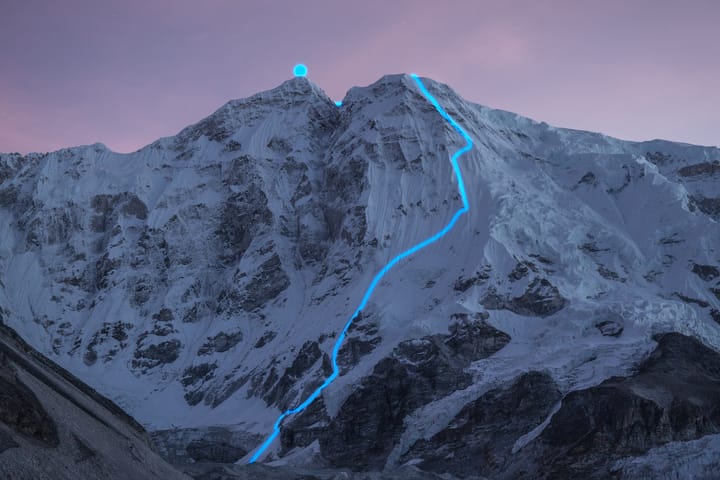
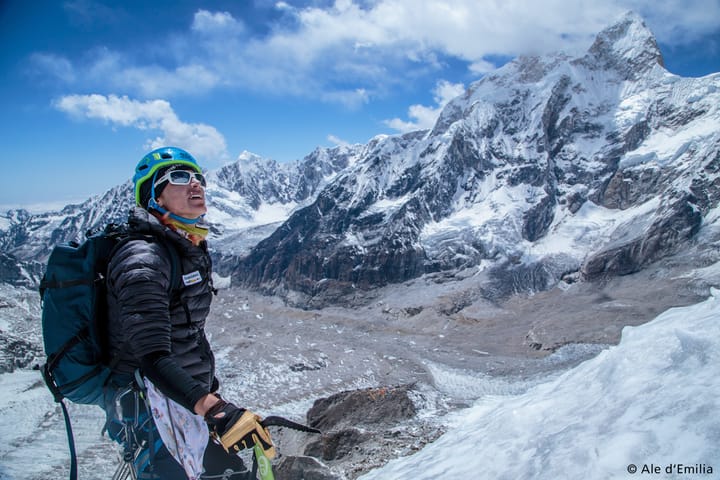
Comments ()